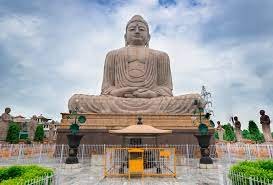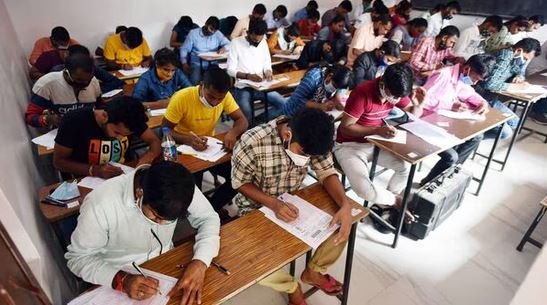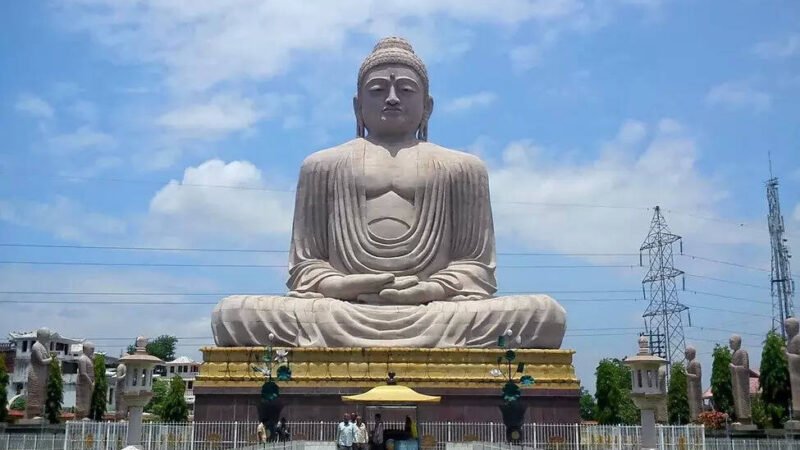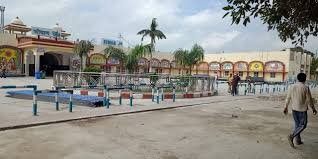Bodh Gaya: The Birthplace of Buddhism

Bodh Gaya, a Buddhist pilgrimage site in Gaya District, Bihar, India, is famous for the Mahabodhi Temple, where Gautama Buddha attained enlightenment under the Bodhi tree.
A UNESCO World Heritage Site, Bodh Gaya is bustling with pilgrims from India and abroad throughout the year. They come to pay their homage at the Mahabodhi Temple, monasteries, temples, and remnants of the Bodhi tree.

Located near the Neranjana River, Bodh Gaya was earlier known as Uruwela. It was also known as Sambodhi, Vajrasana, or Mahabodhi until the 18th century CE. It is one of the four important Buddhist pilgrimage sites, along with Kushinagar, Lumbini, and Sarnath.
Foreign countries, including Japan and China, have helped the Indian government build facilities for Buddhist pilgrims in Bodh Gaya.
Bodh Gaya is a town in the state of Bihar, India, located about 90 km from the state capital, Patna. It is a major pilgrimage site for Buddhists from all over the world, as it is the place where Siddhartha Gautama, the founder of Buddhism, attained enlightenment.
Bodh Gaya is home to the Mahabodhi Temple, a UNESCO World Heritage Site. This temple is believed to have been built in the 5th or 6th century AD by Emperor Ashoka. The temple is a large, square structure with a golden dome. Inside the temple is a Bodhi tree, which is a descendant of the tree under which Siddhartha Gautama attained enlightenment.
In addition to the Mahabodhi Temple, Bodh Gaya is home to a number of other Buddhist sites, including:
The Bodhi Tree: The Bodhi tree is a sacred fig tree that is believed to be a descendant of the tree under which Siddhartha Gautama attained enlightenment.
The Vajrasana: The Vajrasana is the stone seat on which Siddhartha Gautama sat when he attained enlightenment.
The Mahabodhi Temple Complex: The Mahabodhi Temple Complex is a UNESCO World Heritage Site that includes the Mahabodhi Temple, the Bodhi Tree, and the Vajrasana.
The Bodhi Gaya Museum: The Bodhi Gaya Museum houses a collection of artifacts from the site, including sculptures, coins, and pottery.
Bodh Gaya is a peaceful and serene place that offers visitors a chance to experience the rich spiritual heritage of Buddhism.
Here are some tips for visiting Bodh Gaya:
The best time to visit Bodh Gaya is during the winter months (October to March), when the weather is pleasant.
Bodh Gaya is well connected by road and rail to major cities in India.
There are a number of hotels and guesthouses available in Bodh Gaya to suit all budgets.
It is advisable to hire a guide to help you explore Bodh Gaya and its many attractions.
Safety guidelines:
Be respectful of the religious and cultural significance of the sites you visit.
Dress appropriately, especially when visiting religious sites.
Be aware of your surroundings and take precautions against theft and other crimes.
Drink plenty of water and stay hydrated, especially during the summer months.
Wear sunscreen and protective clothing to protect yourself from the sun.






